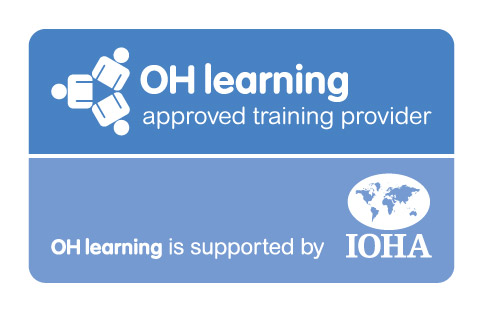Vibration Analysis & Control
[row]
[column lg=”6″ md=”12″ sm=”12″ xs=”12″ ]
Whole Body Vibration (WBV) and Hand Arm Vibration
In recent years, workplace exposure to excessive vibration has become a cause for concern. Hand-arm vibration (HAV) can arise from the use of hand-held power tools and can be the cause of significant ill-health (painful and disabling disorders of the blood vessels, nerves, joints and muscles of the hands and arms).
Whole body vibration (WBV) arises principally from vibrations which are transmitted through the seat or the feet by workplace machines and/or vehicles. Drivers of certain mobile machines, including tractors, fork-lift trucks and quarrying or earth-moving machinery, may be exposed to WBV and shocks, which are associated with back pain. Other work factors, such as posture and heavy lifting, are also known to contribute to back problems for drivers and the relative importance of WBV is not entirely clear. However, research is currently underway worldwide on the specific health effects of WBV.
[/column]
[column lg=”6″ md=”12″ sm=”12″ xs=”12″ ]
[/column]
[/row]
Similar to noise, there are clear statutory requirements provided for the management of vibration risks and exposure action values and limit values have been prescribed in national and in EU legislation. A thorough risk assessment report will include details on the following key issues:
- Determine if action values and limit values are exceeded.
- Is there a vibration exposure problem or issue?
- How significant is the problem?
- What employees are at risk?
- Do we need to take immediate steps – which ones and where?
- How should we prioritise our controls?
- The assessment should provide a blueprint for action or a justification for inaction.
- Consider the effects of exposure – direct and indirect (interactions).
- Address the availability of alternative equipment or processing techniques to avoid exposure?
- Address exposure beyond normal working time?
- Consider health surveillance and published data.
- Address the control, monitoring and health surveillance arrangements required.
- Record the findings of the assessment and the effectiveness of any controls.
Within the regulations for the management of vibration exposure, it is recognised that not every situation will require on-site surveys and many companies may be able to undertake a risk assessment for vibration without doing their own measurements. In many cases, expert assistance or guidance will be required and MOLONEY & ASSOCIATES Acoustic & Environmental Consultants,Cork have acquired a broad range of vibration assessment experience throughout industry. We have guided many clients through the risk assessment process and have developed appropriate controls, where necessary.





